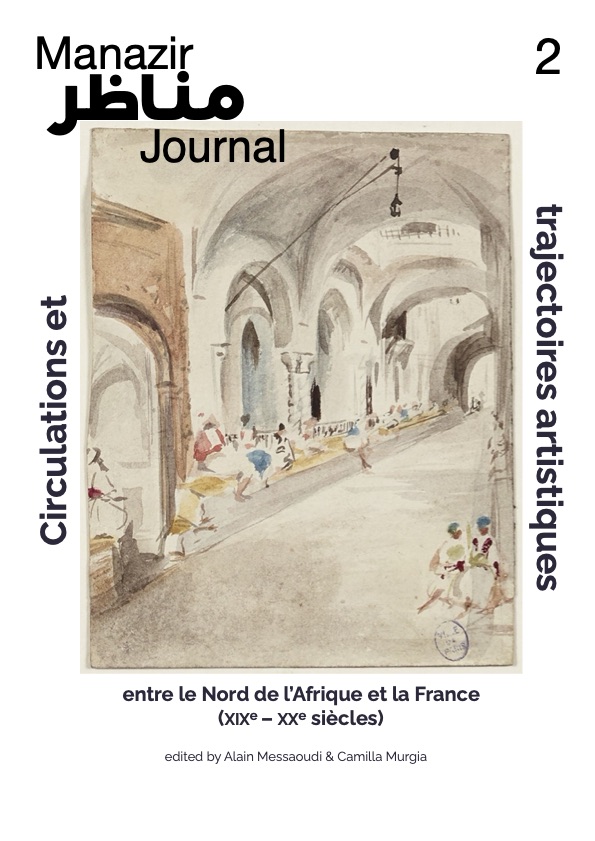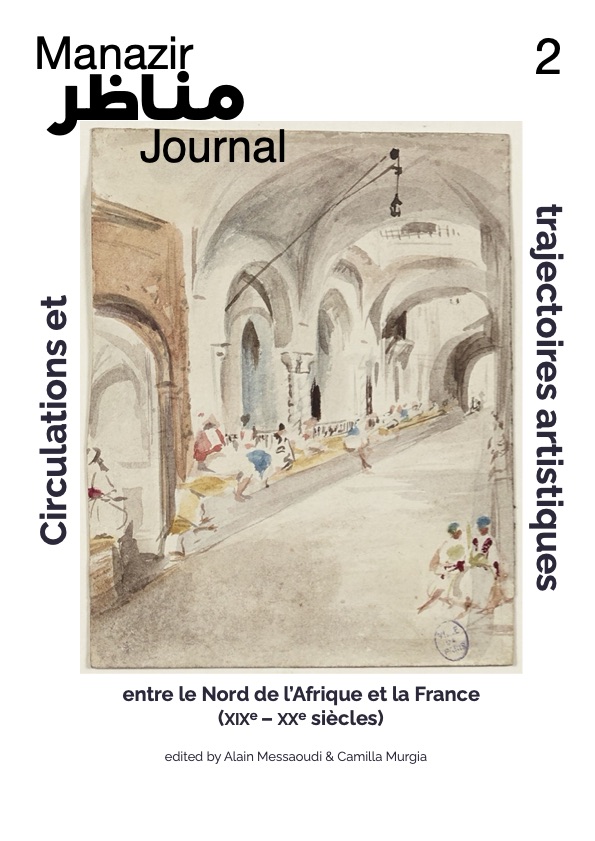
Volume 2Circulations et trajectoires artistiques entre le Nord de l'Afrique et la France (XIXe-XXe siècle)

Issue description
Since the nineteenth century, North Africa, from Egypt to Morocco, has undergone deep upheavals, linked to the imperial and colonial expansion of the European powers and the re-ordering policy (tanzimāt) of the Ottoman Empire, and later to the process of decolonization and the affirmation of nation-states. These economic, social, political and cultural changes were accompanied by references to European models. It is more precisely to references to works or more generally to French culture in local productions that we intend to devote this issue, by attempting to understand their modalities. Contact with France has taken different forms. In Egypt, after the French occupation between 1798 and 1801 and the important presence of French advisors in Muhammad Ali’s policy of state reform, French culture may have represented a form of protest to British presence after 1881. In Algeria, France took military control of the country and encouraged a settlement policy accompanied by an assimilationist discourse. The French protectorates in Tunisia and Morocco may have fostered the development of an ambivalent image of France as a tutor favoring a specific development process or as an abusive power stifling it. Competing foreign models, Italian in Tunisia or Spanish in Morocco, have also to be taken into consideration.
In the field of the arts, explicit references to France or implicit cultural transfers have taken varied forms. We will focus here on receptivity to French references as well as on reactions or refusal to models presented as foreign or imposed by force. We will study the modes of appropriation, questioning and understanding in different genres of artistic production, as visual arts or music.

